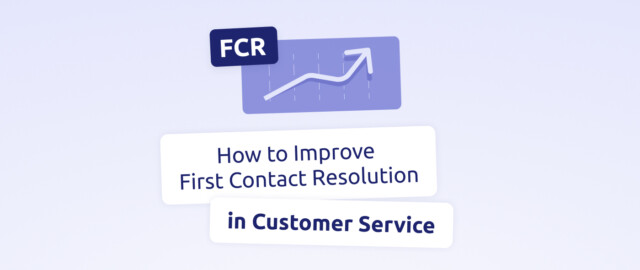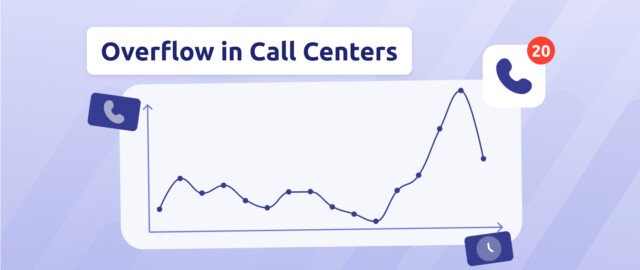Is it a very serious problem?
Not really. While the results show a worrying trend where no clear CX leaders can be identified, and more rankings have decreased than increased, there is no evidence of a sharp decline in CX quality overall.
As with any statistical research, there is room for interpretation. The Forrester approach is to compile results from a diverse range of 19 sectors including retail, insurance, finance and even federal agencies and public sector organisations. When utilising a service of the federal administration, there is often no option for the consumer to choose a competitor making it difficult to measure against private sector brands. To include such a broad range of organisations and services surely affects the results, particularly where there is no possibility for competitive edge. With no access to competition, does it make sense to include public administrations in charge of education, health, employment, immigration, etc. in the study? In Europe, this would seem like an unusual comparison but perhaps this works better for the US market. As the Forrester chart clearly illustrates, the private sector dramatically outweighs the public sector in terms of CX.
Is the comparison between public and private a fair fight?
The White House itself promotes customer experience and citizen experience and aims to align itself with the leaders in the private sector (see page 30 of this document). This provides an explanation for why the comparison has been made.
Without wishing to defend the federal agencies, the unfair comparison appears to be designed to stigmatise the US public sector and those who work there. It would seem the inclusion of these agencies is an attempt by Forrester to place more focus on CX within the federal agencies and force them to work harder to improve this. Like the public sector in many other countries, the federal agencies are expected to deliver on factors important to US citizens including:
- simplicity of the process to assert rights or to obtain service or information
- ease of access to a competent contact person at the right time
- the respect of the people
This is a fair expectation; however we can’t help thinking that the purpose of opening such a discussion surrounding customer experience has little to do with the real issues within the federal agencies. Arguably, it is motivated by the desire to drive up CX in the sector by Forrester.
The three E’s of customer experience
Forrester further encourages brands who want to improve their CX score to focus on the three E’s that make the difference for the customer, namely Effectiveness, Ease & Emotion. The results of this year’s index showed without doubt that the key to CX differentiation is Emotion. This is where we whole heartedly agree with Forrester- it is a concept Diabolocom can really get onboard with! In fact, we have even issued an eBook on this subject:
Remember, even if your brand is successful in achieving emotional connections in customer experience, it must also harness effectiveness and ease of use in order to take its place amongst the champions of the customer experience.
Curious to know more about Diabolocom?



